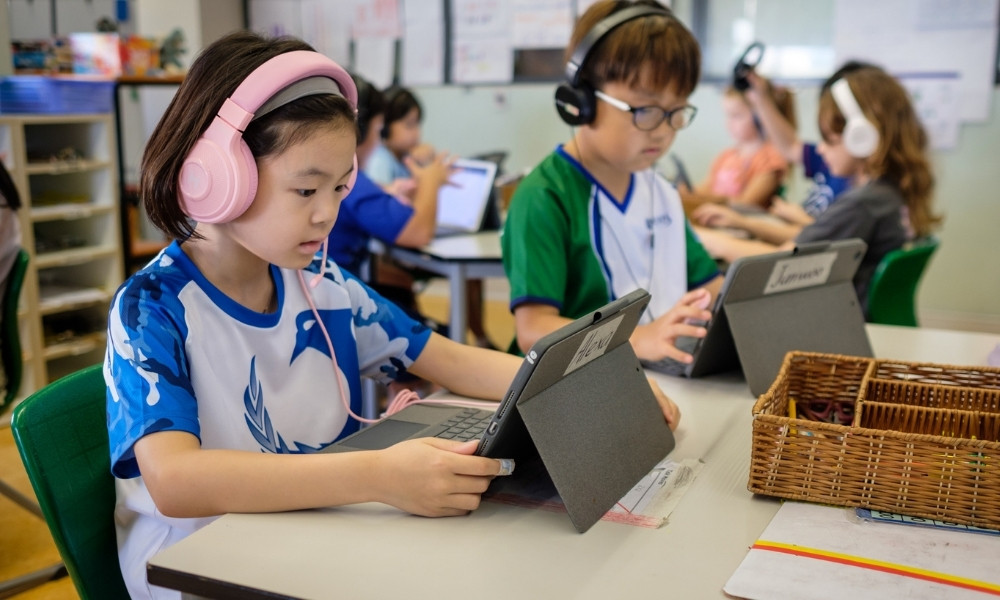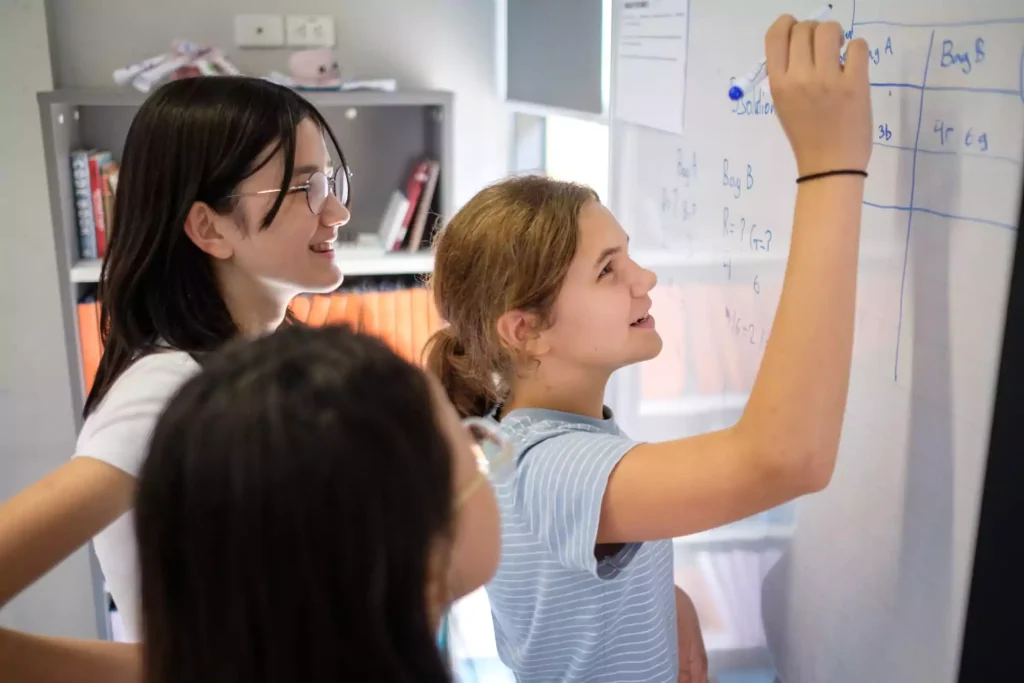How To Encourage Independent Learning with 7 Steps
Independent learning empowers students to take control of their education. Knowing how to encourage independent learning and explore topics of interest is a skill that will serve your students a whole lifetime.
To develop this skill, students need to be self-motivated and self-aware, identify their own learning needs, set objectives, find resources, and critically assess their progress.
What is Independent Learning?
Independent learning is the process by which learners are responsible for acquiring knowledge, with minimal reliance on instructors or institutions. Independent learners actively investigate, research, and explore new topics, using their initiative rather than solely on teacher-provided materials.
Indeed, they set personal educational goals, ask meaningful questions, and track their own progress to ensure continuous development. Here are some examples of independent learning skills:
- Proactive problem-solving: Students seek answers from multiple sources when stuck, rather than relying solely on the teacher or abandoning the task.
- Making informed learning choices: Selecting effective study and revision methods, with guidance, as students often default to easier but less effective strategies.
- Applying metacognitive strategies: Understanding and practicing how to learn, which typically requires explicit teaching and reinforcement.
- Emotional regulation: Developing the ability to self-motivate, manage emotions, persevere through setbacks, and value delayed gratification.
Benefits of Independent Learning
Independent learning can provide you with countless personal benefits. From developing a strong sense of self-discipline to boosting your confidence, the advantages of self-directed learning are truly invaluable, such as:
- Enhancing cognitive abilities: Independent learning can enhance critical thinking, problem-solving, creativity, and metacognition.
- Boosting confidence and self-esteem: Independent learning can foster a sense of autonomy, competence, and achievement, as well as a growth mindset (believing that one can improve through effort and feedback).
- Developing lifelong learning skills: Preparing for the constantly changing knowledge and skills of the 21st century requires independent learning.
- Increasing motivation and engagement: Independent learning enhances learning’s value and relevance, aligning with personal interests, values, and aspirations.
How to Promote Independent Learning for Students
Independent learning does not imply that the learner is left alone or unsupported. On the contrary, it demands a supportive environment where the learner can avail of appropriate resources, guidance, and feedback.
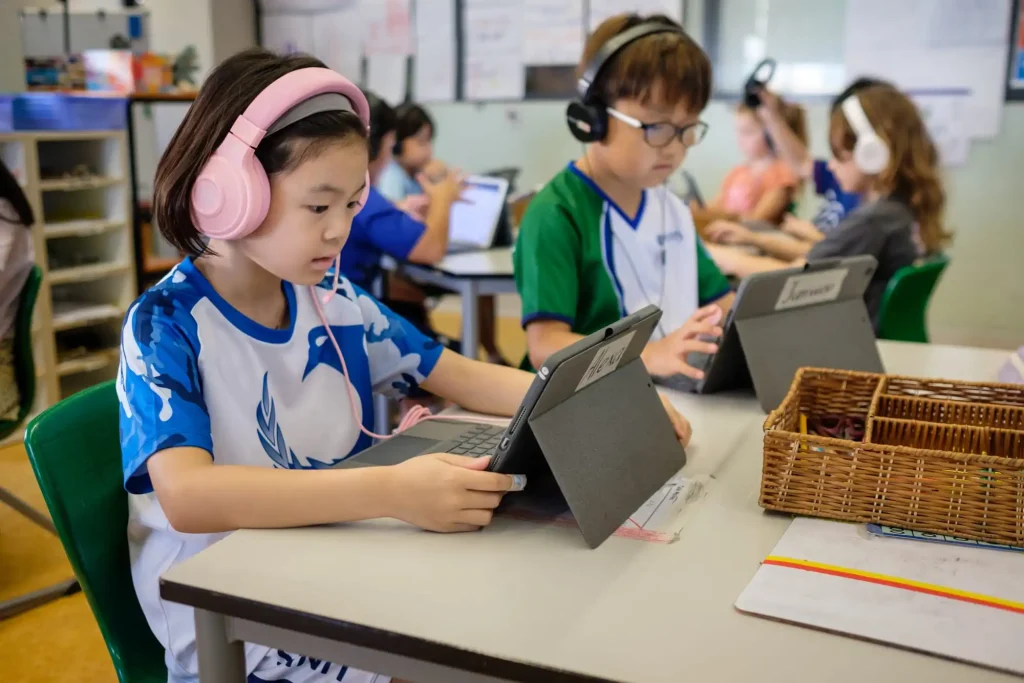
Here are some ways to establish such an environment and promote independent learning:
- Show learners the purpose and outcome of independent learning.
- Step back as a parent or teacher – try not to help them immediately.
- Play dumb when they ask questions – encourage them to think independently.
- Give suggestions to make learners improve.
- Promote them to challenge themselves personally.
- Ask them to share their ideas with peers.
- Promote self-evaluation to boost independent learning.
1. Show learners the desired outcome
Help the learner to understand the purpose and the value of the learning task and to visualize the desired outcome.
At the start of a lesson, instead of dictating the learning process to students, a better approach would be to encourage them to suggest activities to help them achieve the learning objectives. To meet the learning objective, students should work in groups of two or three to come up with a potential route. They should present their ideas to the rest of the class, and then the class should vote on two or three of the most practical suggestions. The suggestion that receives the most votes will be used as the basis for the lesson.
This task fosters self-reliance by requiring pupils to take charge of their learning and determine ways to achieve a specific learning objective. To simplify the strategy, you can offer students a set of activities. This helps generate ideas and prevents unpreparedness.
2. Try not to help them immediately
To foster independence among your students, try not to help them until they have made three attempts at solving their problem. If they’re still stuck, ask them to explain their attempts so that you can guide them and provide tips for future reference.
Consider creating a problem-solving checklist and only assist students if they have already attempted to follow the steps on the list. When they request your help, ask them to explain how they have tackled each item on the checklist.
An example of a problem-solving checklist is as follows:
- Did I thoroughly examine the question and highlight the important words?
- Have I looked over my past work to find the solution?
- Did I do more research or read any related ebook?
- Have I utilized all the reference resources available to me?
All too often, students may ask for answers without trying to solve problems on their own. Instead of providing the answer or doing the work for them, ask for their solution. Encourage active learning by asking students to come up with their own solutions.
When they ask for help, respond with “What do you think the answer is?” This builds their confidence and reduces reliance on teachers for answers.
By responding in this way, we encourage the students to think critically, helping them develop better strategies for dealing with future challenges.
3. Keep it casual when they ask questions
Encouraging students to think for themselves by playing dumb and asking questions can be practical. Such as:
- What is the question about?
- What’s the answer to this question?
- If the answer is about probability. So, what is probability?
The objective is to inspire students to actively participate in the subject material, empowering them to utilize their existing knowledge and identify solutions on their own. This approach is particularly effective when the instructor knows that the student has sufficient comprehension to resolve independently but may require guidance from the teacher through role-playing to steer them in the right direction.
4. Give suggestions to make learners improve
To help students do better and make their work even better, you can suggest a few things:
- Ask students to pretend they’re inspectors looking for the best work and check their own work. This way, they can find things that need improvement.
- Give students a checklist of things to improve. They can keep this checklist and use it whenever they say they’re done with their work.
- Don’t accept work as finished until they’ve improved it at least three times. Students should show what they changed and explain why in the margins.
Using these ideas, students can keep making their work better and better.
5. Promote them to challenge themselves personally
If a student completes their assigned task, you can encourage them to challenge themselves by creating an extra task. Give them a list of important words and ask them to use one to create their task. This will help them think more critically and aim for higher goals.
If a student needs help understanding a concept, ask another student who finished their work to explain it. Let the students choose how to explain, but make sure they keep the main idea the same.
6. Ask them to share their ideas with peers
When a student believes they’ve completed a task, it’s beneficial to recommend sharing their work with a couple of classmates. This allows them to seek feedback and suggestions for further development and improvement.
In return, they can provide their own advice. As students gather ideas, they can apply them and make this practice a regular part of their learning journey. Over time, it will become second nature to them.
7. Promote self-evaluation
Encouraging self-evaluation is a powerful way to boost students’ independence once they finish a task. Ask students to write a reflection where they identify what they did well and where they can improve. This approach helps develop a positive yet self-critical mindset. As they assess and reflect on their work, students grasp their responsibility for its quality.
Here are three self-evaluation methods:
- Students can check their work against predetermined success criteria.
- They can pinpoint three successes and one area for improvement, then take steps to enhance it.
- Students should assess whether they’ve achieved their recent goals and think of ways to improve if they haven’t.
How to Apply Age-Appropriate Independent Learning Techniques
Independent learning is not a one-size-fits-all approach. Depending on age, stage, and context, learners may have different needs, preferences, and abilities.
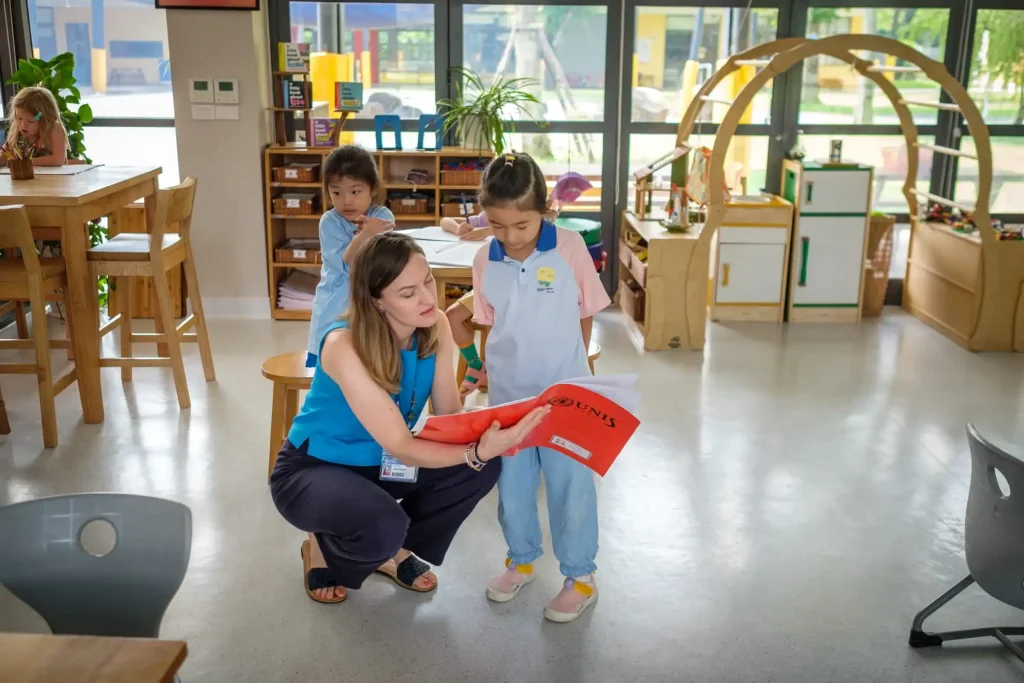
Here are some suggestions on how to adapt and differentiate independent learning techniques according to the learner’s age group:
Early Years to Grade 1 (Ages 3-6)
At this stage, the learner develops basic cognitive, social, and emotional skills and explores their environment through play and curiosity.
Understanding Emotional Development in Early Childhood
To encourage independent learning, you can:
- Provide a rich and stimulating learning environment with various materials, resources, and activities that cater to the learner’s interests and needs.
- Allow the learner to have some choice and control over their learning and to experiment and discover things for themselves.
- Use praise, encouragement, and rewards to reinforce the learner’s efforts, achievements, and positive behaviours.
- Use stories, songs, games, or puppets to engage the learner’s attention, imagination, and emotions.
- Use simple and clear language, gestures, and visuals to communicate with the learner and to check their understanding and feedback.
- Use routines, cues, and reminders to help the learner to organize and regulate their learning.
Grade 2 to Grade 5 (Ages 7-10)
At this stage, the learner expands their knowledge, skills, and attitudes and becomes more aware of themselves and others.
To encourage independent learning, you can:
- Provide a structured and supportive learning environment with clear expectations, rules, and consequences that promote the learner’s autonomy and responsibility.
- Allow the learner to have some input and influence over their learning and to make some decisions and choices that suit their preferences and goals.
- Use feedback, reflection, and self-evaluation to help the learner to monitor and improve their learning and to recognize their strengths and areas for development.
- Use examples, models, or demonstrations to show the learner what a good performance looks like and to guide them to achieve it.
- Use questions, prompts, or hints to stimulate the learner’s thinking, reasoning, and problem-solving skills.
- Use cooperative learning, peer tutoring, or group projects to facilitate learner interaction, collaboration, and communication with peers.
Grade 6 to Grade 10 (Ages 11-16)
At this stage, the learner develops higher-order cognitive, affective, and metacognitive skills and explores their identity and values.
To encourage independent learning, you can:
- Provide a challenging and relevant learning environment with authentic and meaningful tasks that connect to the learner’s interests, experiences, and aspirations.
- Allow the learner more freedom and flexibility over their learning and pursue inquiries and projects that reflect their passions and purposes.
- Use self-assessment, peer assessment, or portfolios to help learners document and showcase their learning and celebrate their progress and achievements.
- Use rubrics, criteria, or standards to help the learner set goals, plan strategies, and evaluate outcomes.
- Use open-ended questions, problems, or scenarios to challenge the learner’s creativity, critical thinking, and decision-making skills.
- Use online, blended, or flipped learning to enable the learner to access and use various resources, tools, and platforms to support their learning.
Grade 11 to Grade 12 (Ages 16-18)
At this stage, the learner consolidates their academic, vocational, and personal skills and prepares to transition to higher education, work, or life. To encourage independent learning, you can:
- Provide a diverse and inclusive learning environment, with opportunities for the learner to explore and appreciate different perspectives, cultures, and contexts.
- Allow the learner to have full ownership and accountability over their learning and to design and implement their learning plans and projects that align with their vision and mission.
- Use self-regulation, self-monitoring, or self-management to help the learner control and optimize their learning and cope with stress, emotions, and distractions.
- Use SMART goals, action plans, or learning contracts to help the learner plan and manage their learning and to review and adjust their learning as needed.
- Use inquiry-based, project-based, or research-based learning to empower the learner to conduct their investigations and inquiries and produce their products and solutions.
- Use mentoring, coaching, or counseling to support the learner’s personal and professional development and to guide them to achieve their potential and aspirations.
Summing Up
Independent learning is a good habit that helps learners in many ways, and understanding how to encourage independent learning in children becomes extremely important for their future. By promoting independent learning, learners can gain confidence, skills, and motivation, making learning a lifelong enjoyable journey.
Discover UNIS Hanoi and learn how we can help your child establish a strong foundation for their educational journey.
How To Encourage Independent Learning with 7 Steps Read More »

![Language Development in Adolescence [At Home & At School]](https://articles.unishanoi.org/wp-content/uploads/2023/12/language-development-in-adolescence-unishanoi.jpg)
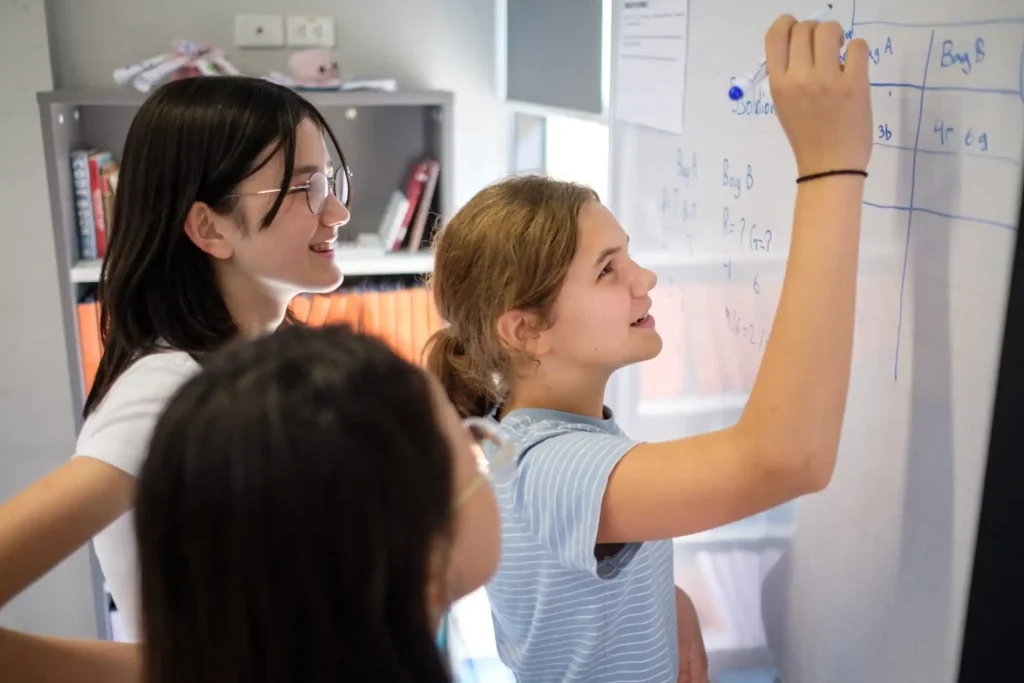
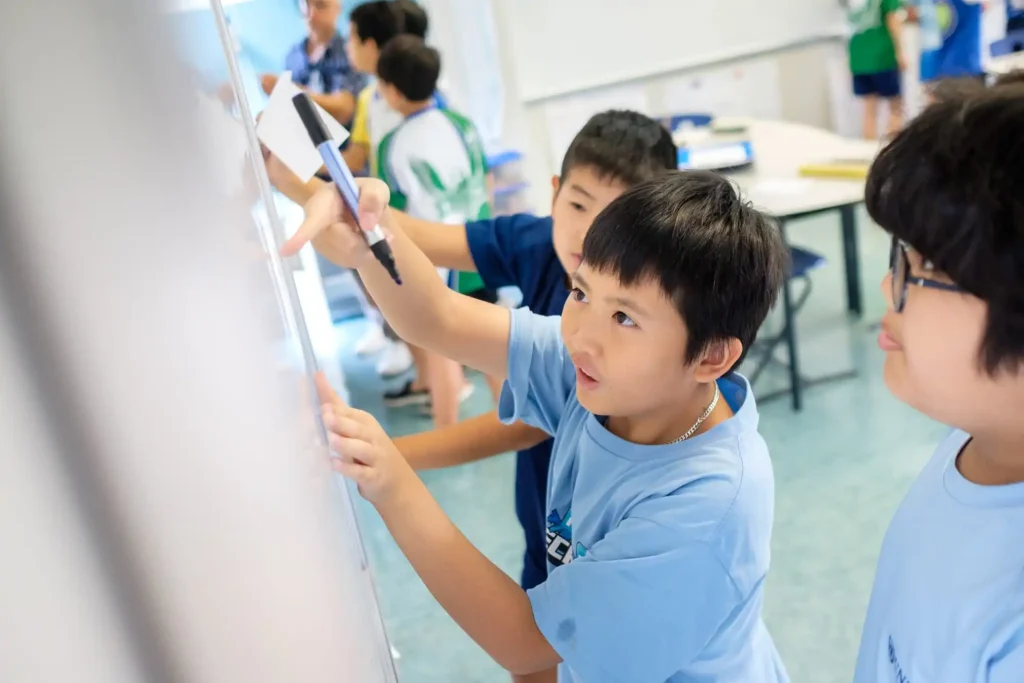
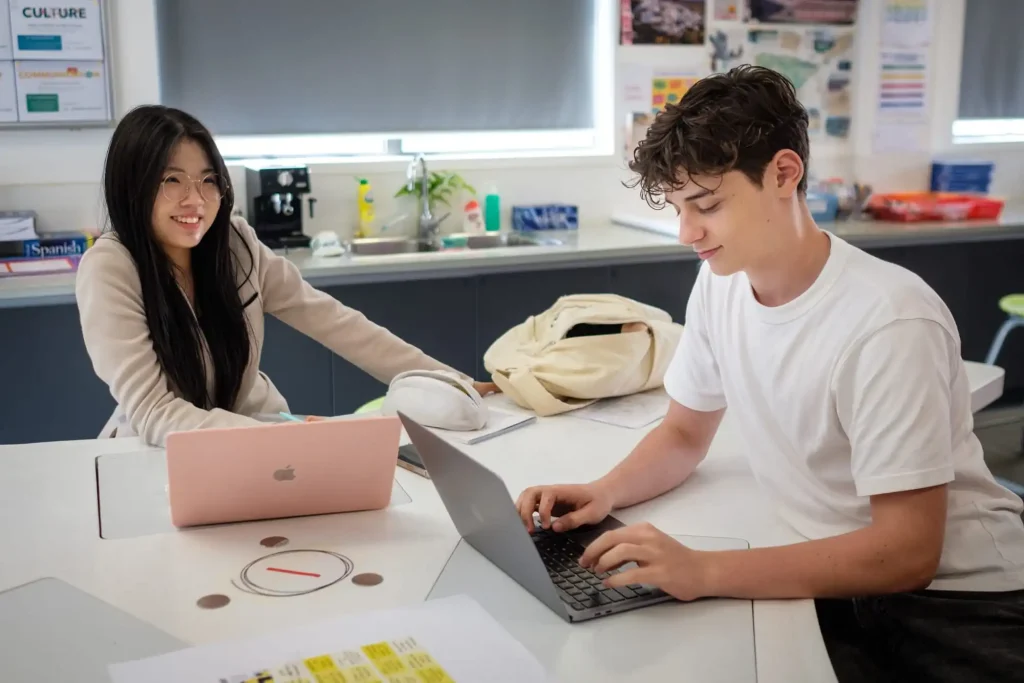




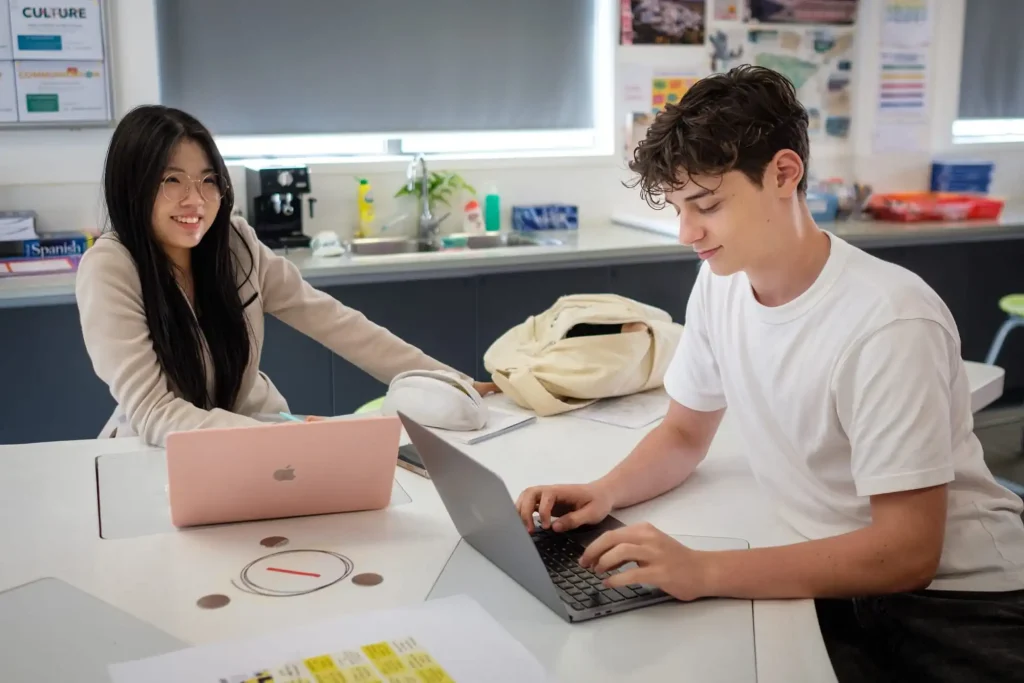
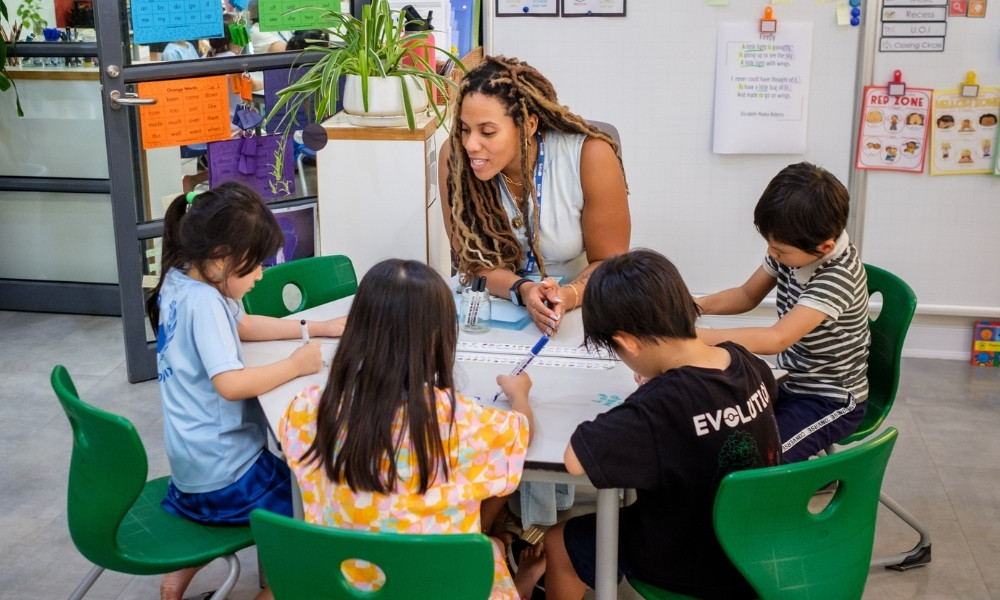

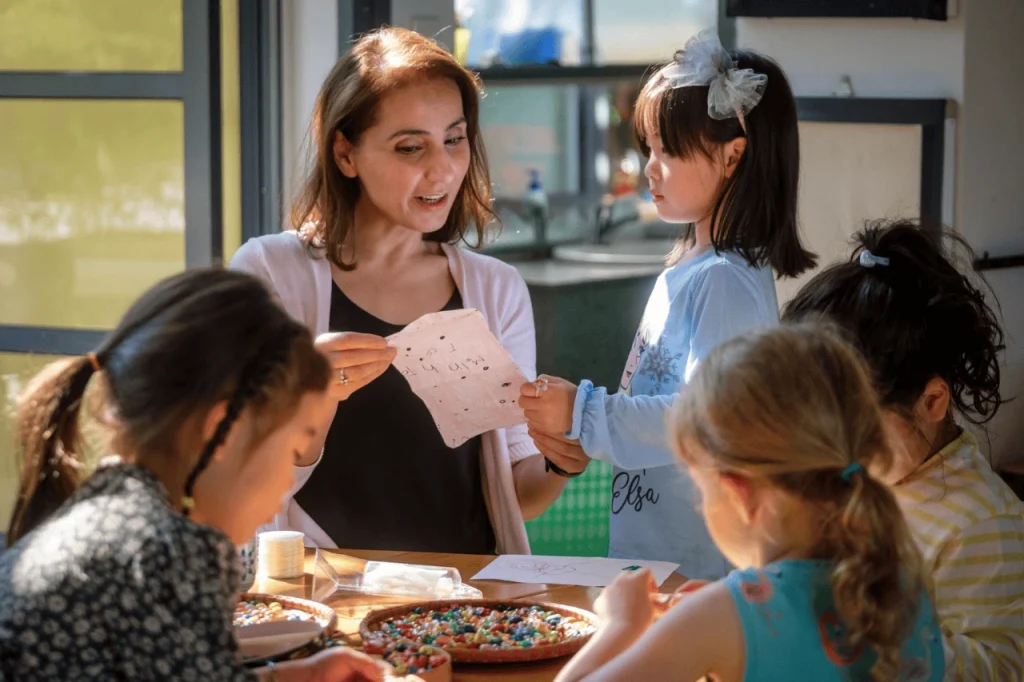


![18 Self-Help Skills for Toddlers [with Examples]](https://articles.unishanoi.org/wp-content/uploads/2023/11/self-help-skills-for-toddlers-unishanoi-1.jpg)



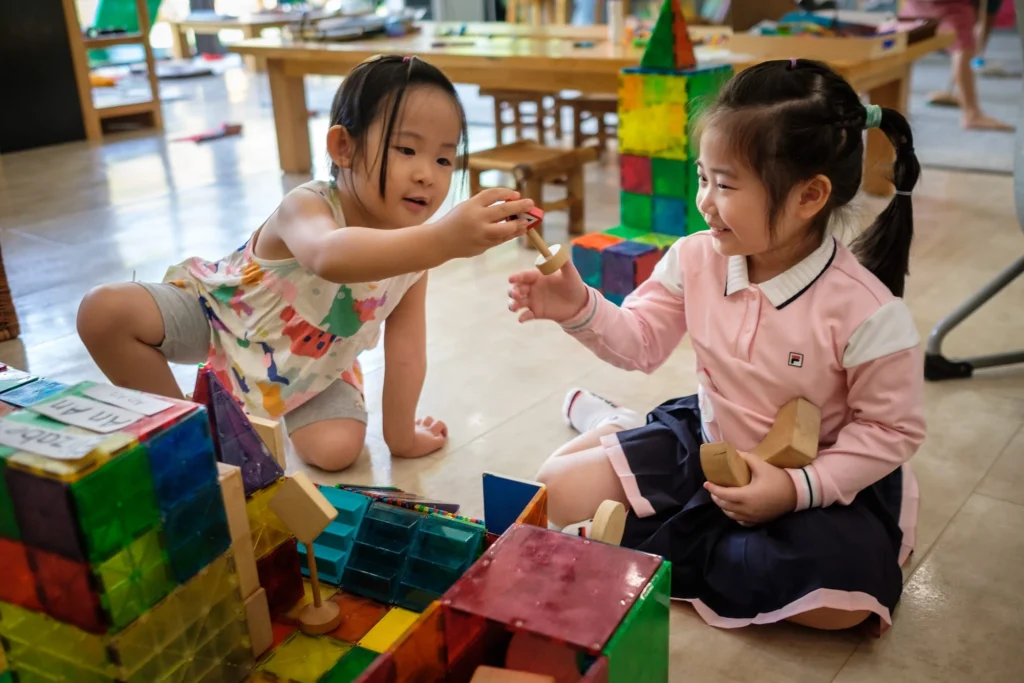
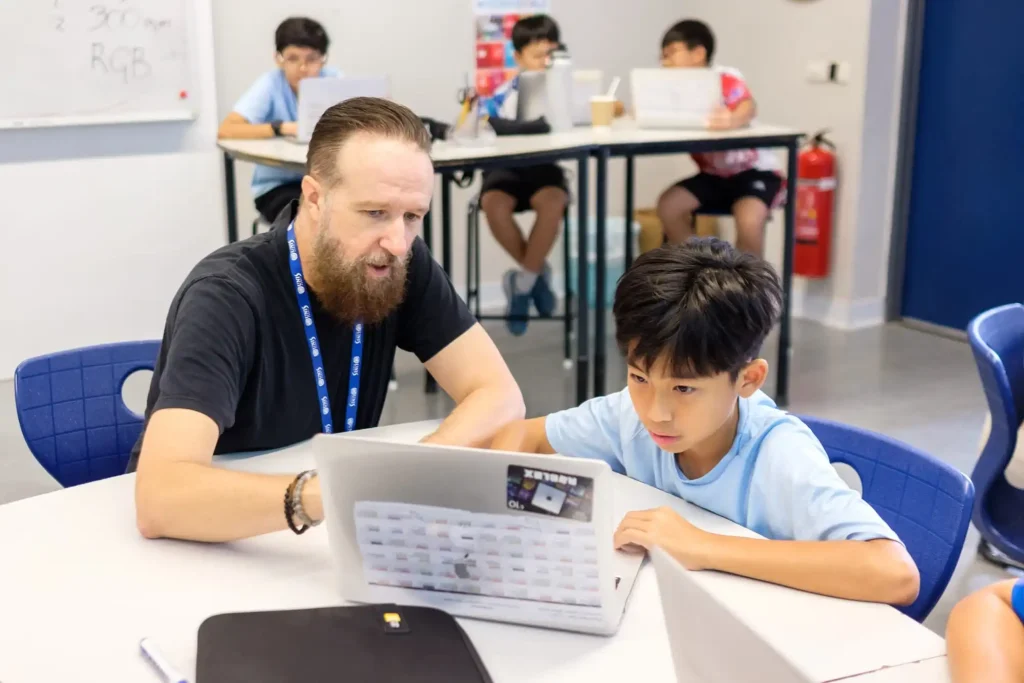

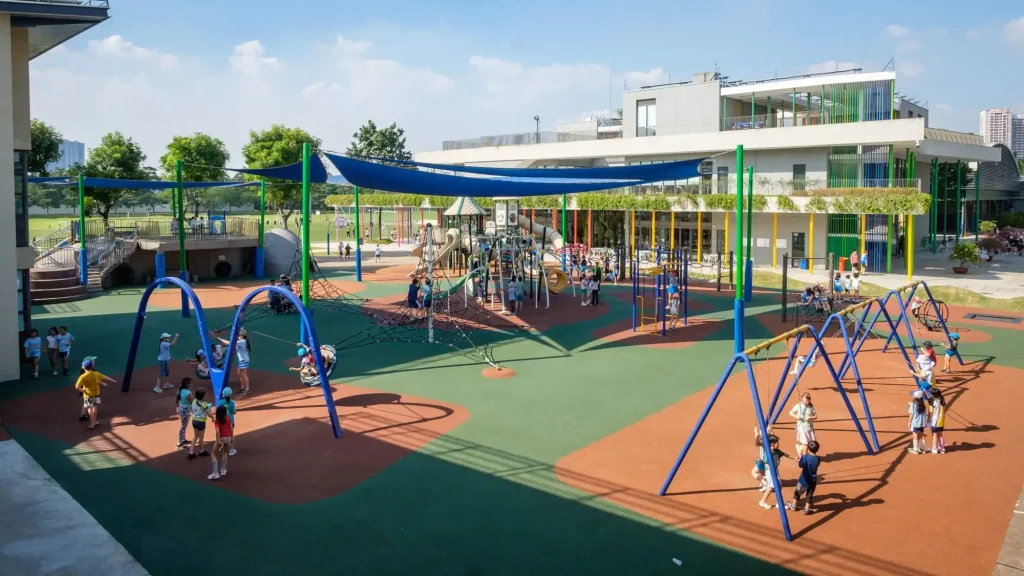




![10+ Fine Motor Activities for Kids [with Milestones]](https://articles.unishanoi.org/wp-content/uploads/2023/11/fine-motor-activities-for-kids.jpg)



